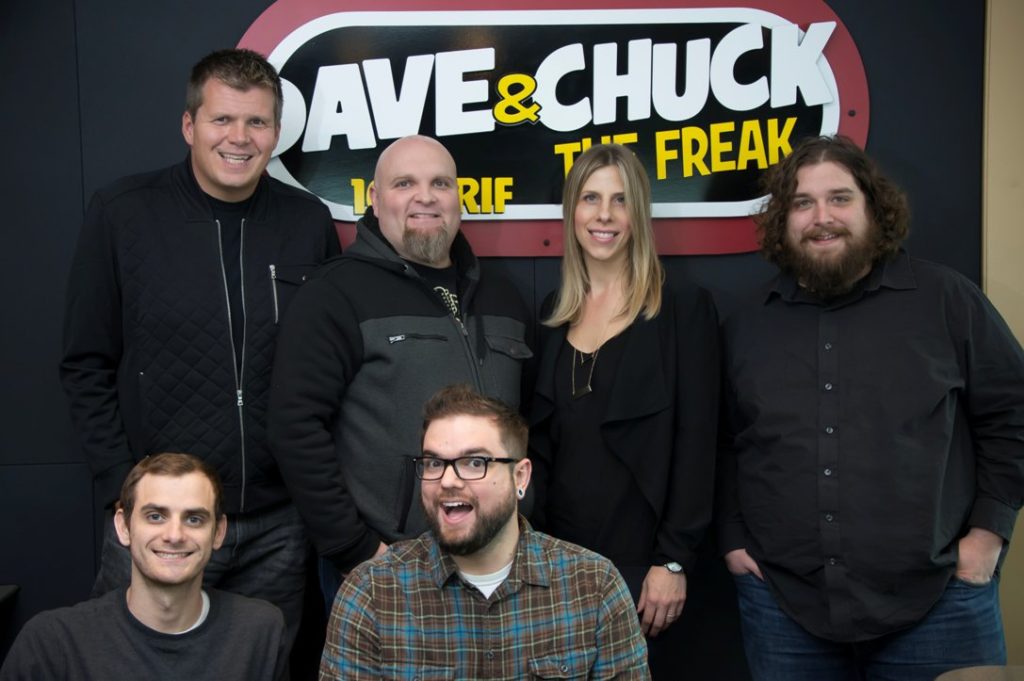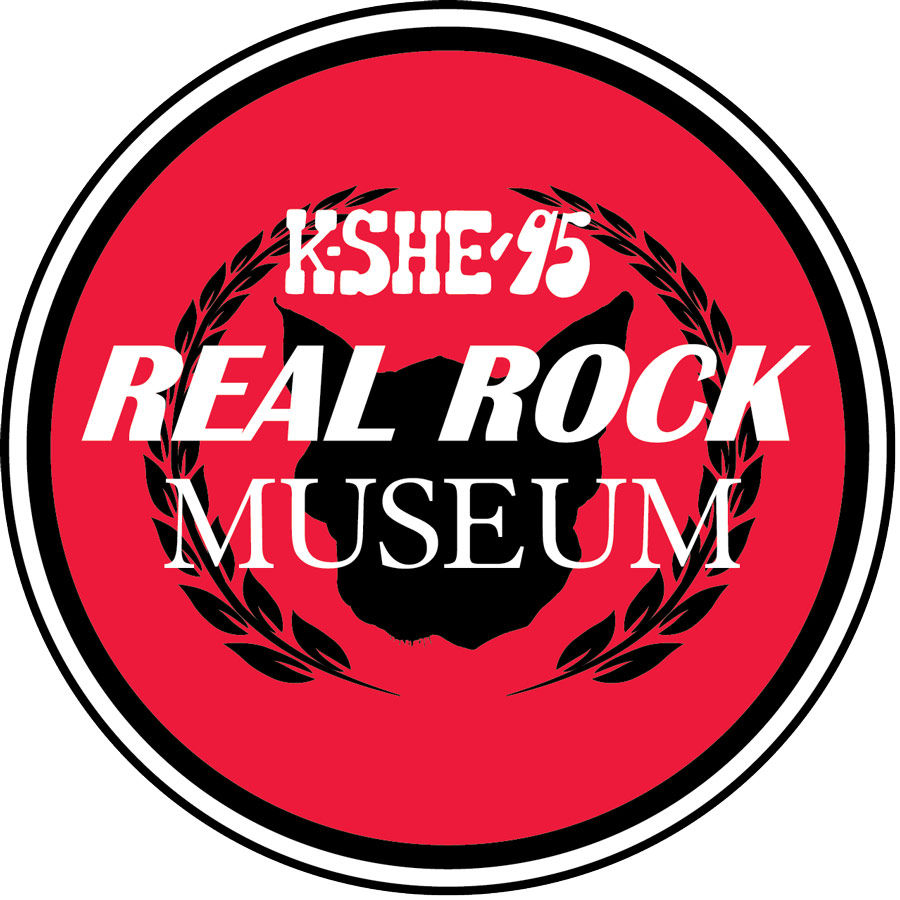 In case you somehow missed it in between March Madness, the China trade war, the Russia investigation, and the second episode of the “Roseanne” reboot, an amazing milestone of sorts occurred this past April 1st.
In case you somehow missed it in between March Madness, the China trade war, the Russia investigation, and the second episode of the “Roseanne” reboot, an amazing milestone of sorts occurred this past April 1st.
No joke – the venerable daytime soap opera, “General Hospital,” turned 55 years-old. And according to Variety’s Michael Maloney, the show continues to pull down respectable ratings on ABC’s afternoon television lineup.
That’s significant because there are only four daytime soaps left. And long-running shows like “All My Children” and “One Life To Live” left the TV airwaves back in the 2011-12 era.
Like a lot of heritage radio stations that have to work harder than ever to remain relevant and healthy, “General Hospital” is being helmed by a guy who’s been with the show a number of years now – Frank Valentini.
The show’s survival has been due to making a number of savvy moves that have kept “General Hospital” fresh, current, and in-tune with the way fans now communicate with each other about the show.
As I read the story in Variety, I couldn’t help but think about that small, exclusive group of rock stations that have – or will – be celebrating big “round number anniversaries” in the not-too-distant future.
WMMR in Philadelphia turns the big-5-0 this year. Like the “GH” story, Bill Weston’s been at the wheel now for well more than a decade,  stewarding the brand through the competitive zigs and zags, as well as navigating the station and staff through an ownership change a couple year ago – without losing a beat.
stewarding the brand through the competitive zigs and zags, as well as navigating the station and staff through an ownership change a couple year ago – without losing a beat.
Only a handful of rock stations have made the cut over the years – while still boasting strong, dominant ratings. KSHE in St. Louis, WDVE in Pittsburgh, and WRIF in Detroit are in that select group. In smaller markets, WCMF should be receving its AARP card any day now, too.
But along the way – just like the “General Hospital” story – there have been many casualties – mega-rock stations back in their day that just couldn’t survive the tumultuous times, tough ratings challenges, and consolidation upheaval. Venerable brands like KLOL, KZEW, WBCN, WNEW-FM, and many, many others succumbed to the pressures and ultimately vanished from the airwaves.
The sudden demise of WLUP in Chicago last month was a reminder to everyone in the radio community that even the most storied call letters aren’t forever, that success is fleeting, and longevity isn’t a given.
The “General Hospital” survival story is a textbook lesson in gutting it out, pivoting when necessary, and most importantly, adapting with the times. Here are the seven core reasons why this classic soap opera is still alive and well, while so many others have kicked the bucket – all of which are the same factors that have kept these rock stations surviving and thriving:
1. They’ve had steady leadership
Valentini has been a stable force, guiding the show. And many key staffers grew up watching “GH” so they “get” the brand.
That’s not dissimilar from the above-mentioned mega-rock survivors, often led by the same core group, most of whom have spent well more than a decade or more with their valued brands.
WGRF’s John Hager and KUPD’s Larry McFeelie are great examples of “lifers” in their hometowns of Buffalo and Phoenix respectively. They know the turf, the mindset, the audience, and the ethos of the stations they’ve shepherded for years.
2. They’ve always featured strong personalities
Over these 5+ decades, “GH” has had strong, relatable characters, from “Bobbie” Spencer and Scott Baldwin to the iconic Luke and Laura to today’s Nelle. The basic trajectories of these personalities has been similar – characters fighting the good fight.
And so it is with so many of these rock stations, all of whom have managed to replace earlier DJ superstars and teams with more contemporary shows that continue the tradition of featuring strong talent.
Newer teams like WRIF’s Dave & Chuck the Freak and KISW’s B.J. Shea and The Mens Room have picked up right where their predecessors left off, often taking them to even higher heights.

But the storyline must be consistent. And on so many rock stations that have gutted it out, there are anchor personalities in the music dayparts, too. As their stations have changed around them, they’ve remained the guts and glue of the franchise. KRXQ’s Pat Martin, CMF’s Dave Kane, and MMR’s Pierre Robert are great examples of strong curators and local beacons, helping their brands bob and weave with the times, while maintaining their stations’ personas.
3. They’ve become more efficient
Back in the day, soap operas would methodically tape one show per day, changing sets at night – all of which was expensive. Today, “GH” tapes more scenes per week which amounts to fewer weeks over the year of shooting. In less than a decade, ABC notes the budget for the show has decreased 30% – and yet, the team has found a way to produce more with less.
Every one of the surviving stations mentioned above has had to take on these same challenges. The “Great Recession” was a line in the sand for many media brands, including radio’s biggest and best rock stations. Figuring out how to stretch budgets, staffs, and make the tough decisions are keys to continuing to produce great content and superstar brands – with fewer resources and diminishing staffs.
Rick Balis (KSHE), John Hager (WGRF), Mark Pennington (WRIF), and many other “starship captains” of mega-rock stations have become deft financial managers, learning about managing budgets and working spreadsheets, all in an effort to keep their brands healthy – without the audience suspecting anything’s changed.
4. They’ve picked up the pace
Viewer sensibiities change over times, and a soap opera that began shooting in black-and-white back in 1963 has to kick it up a gear or get left behind by game shows, reality TV, and the myriad new offerings that dot the video landscape.
On “GH,” stories are now told quicker, and pacing has become a more important production factor.
That sounds a lot like the way all the aforementioned stations have had to adapt to the PPM methodology, They’ve picked up the energy, elminated slop and excesses, and found ways to increase the pace without sounding rushed or clipped. They’re still all about personality, of course, but everyone has learned to be more economical, efficient, and prepared.
Like the staff and writers at “GH,” these stations have become better storytellers, whether it’s talking about the music, their communities, the rock lifestyle, or themselves.
5. They’ve changed with the times
The team behind “General Hospital” respects the show’s history, but they’re not slaves to it. “GH” has stayed contemporary, tacking issues like Alzheimer’s, gay marriage, and surrogate birthing. The show reflects the lives and lifestyles of their audience, despite its advancing age.
Similarly, heritage rock stations have also made the shift, adjusting and adapting to changes in media and technology. Many were among the first to develop mobile apps and Alexa “skills,” integrate video into their content cycles, and launch podcasts.
But they also use technology to leverage and showcase their heritage. KSHE’s “Real Rock Museum” is a ground-breaking web feature, MMR’s “Daily Rush” videos with Preston & Steve are intesnely popular, while KQRS’ Tom Barnard is teaching the industry how to build a great podcast brand. WRIF was the first of this group to create its own mobile app.
This is how these rock stations that’ve been around for a half century have stayed ahead of the curve.
6. They’ve developed social media personnas
“GH” believes that while navigating Facebook, Twitter, and other platforms can be a challenge, it is an imperative the show lets fans know the brand and its personalities are “engaged and grateful.” As Valentini points out, “As with any technology, you have to figure out a way to make it work for good.”
Back in the day, fans didn’t have a means to express themselves when plot twists or character departures angered them. They do now.
The best and longest-running rock stations have often been leaders in the social space, having to deal with both the joys and angst of dealing with audiences armed with iPhones and computers. In a world where social communication is a key part of the culture, no station can act like a fortress. Engaging and acknowleding are now routine activities, essential to nurturing the base.
7. They have rabid fans
After reading the Variety story, I clicked on the “comments” sesction to get a sense for fan reactions. And I wasn’t disappointed by the adoration – and the vitriol. “General Hospital” isn’t just a TV show to these poeple – it’s a culture and a tradition that has provided a sense of continuity for uber fans – for decades.
This feedback reads a lot like the missives and brickbats great radio stations hear all the time – from fans who care. Talk to the devotees who’ve been tuned into DVE, KQ, and KISW for many years. It’s that same level of extremes that spell PASSION.
Show me a radio brand that doesn’t have an engaged vocal audience, and I’ll show you a station that will most likely be commissioning a research “format finder” in the not-so-distant future.
I often speak with PDs and GMs at storied stations who tell me “It’s like a soap opera around here.”
Maybe that’s not a bad thing.
By no means, I wasn’t able to mention all the hertiage rockers, their grizzled PDs, and their great staffs. Please use the “Comments” section to remind JacoBLOG readers of your longevity and accomplishments. – FJ
- What To Do If Your Radio Station Goes Through A Midlife Crisis - April 25, 2025
- A 2020 Lesson?It Could All Be Gone In A Flash - April 24, 2025
- How AI Can Give Radio Personalities More…PERSONALITY - April 23, 2025




Leave a Reply